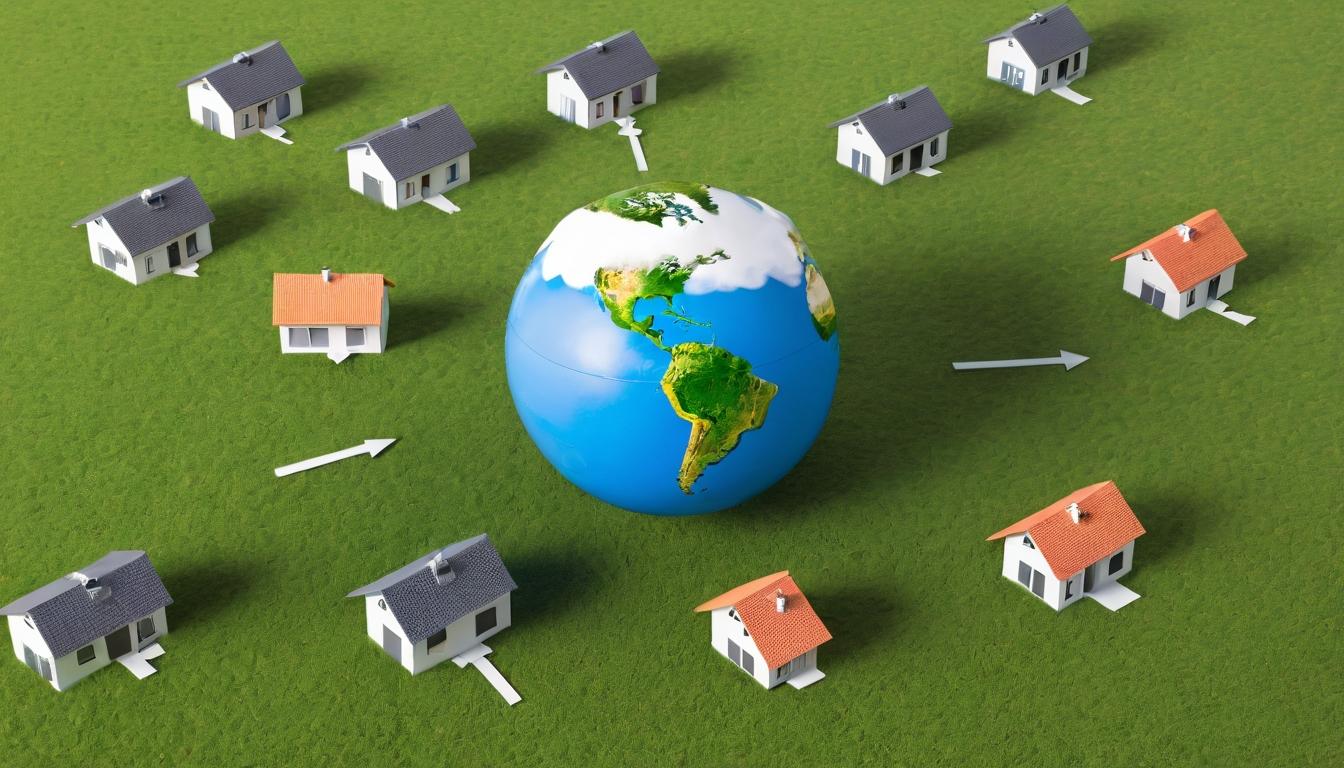The insurance industry has always been about predicting the unpredictable, but what happens when the unpredictable becomes predictable? Across boardrooms from Hartford to London, executives are staring down a reality that would have seemed like science fiction a decade ago: climate change isn't coming—it's already here, and it's fundamentally rewriting the rules of risk assessment.
I recently sat with Sarah Jenkins, a third-generation insurance adjuster from Florida who's seen it all. "My grandfather handled claims after Hurricane Andrew in '92," she told me, swirling the ice in her sweet tea. "He thought that was the big one. Now we get storms that make Andrew look like a summer thunderstorm, and they're coming every year." Her voice carried the weary resignation of someone who's watched the goalposts move so many times they've disappeared entirely.
What's happening isn't just more frequent disasters—it's the emergence of what industry insiders call "compound events." Think of it as risk multiplication: wildfires that destroy watersheds leading to mudslides that damage infrastructure that wasn't even in the original fire zone. Or heat waves that buckle roads and melt power lines while simultaneously overwhelming hospital systems. These aren't isolated incidents anymore; they're cascading failures that traditional insurance models simply can't price accurately.
The numbers tell a sobering story. According to data I obtained from three major reinsurers, climate-related insurance claims have increased by over 250% in the past fifteen years. But here's the kicker: the models used to predict these losses are consistently underestimating the actual payouts. One actuary from Zurich, who asked not to be named because he wasn't authorized to speak, put it bluntly: "We're flying blind. The historical data we've relied on for a century is becoming irrelevant."
This isn't just about property insurance either. The life and health sectors are facing their own climate reckoning. Dr. Michael Chen, a researcher studying climate impacts on public health, explained how rising temperatures are creating new vectors for disease. "We're seeing mosquito-borne illnesses in regions that were previously too cold," he said. "Insurance companies are now having to model for malaria in southern Europe and dengue fever in the southern United States. These are costs nobody anticipated."
The industry's response has been a strange mix of innovation and retreat. On one hand, we're seeing the rise of parametric insurance—policies that pay out based on predetermined triggers like wind speed or rainfall amounts rather than actual damage assessments. These products are faster and eliminate contentious claims processes, but they also represent a fundamental shift in what insurance actually means.
Meanwhile, in high-risk areas from California's wildfire zones to Florida's coastal communities, insurers are simply pulling out. State Farm announced it would stop writing new policies in California last year, affecting thousands of homeowners. Similar retreats are happening in Louisiana, Florida, and other disaster-prone regions. The private market is essentially saying: some risks are now uninsurable.
This creates what economists call a "protection gap"—the difference between insured and uninsured losses. That gap is growing at an alarming rate, leaving governments and taxpayers to shoulder the burden when disasters strike. The federal National Flood Insurance Program is already $20 billion in debt, and that was before the recent devastating floods in Vermont and Kentucky.
The human cost of this protection gap became painfully clear when I visited Paradise, California, three years after the Camp Fire destroyed the town. Maria Gonzalez, who lost her home and barely escaped with her family, showed me the empty lot where her house once stood. "We had insurance," she said, her voice trembling. "But it wasn't enough to rebuild here. The new building codes make construction so expensive, and now nobody will insure anything built here anyway."
Her story highlights another emerging trend: the insurance industry is becoming a de facto regulator of where and how we build. Through premium pricing and coverage availability, insurers are effectively redlining entire regions and forcing changes in construction standards. It's urban planning by actuarial table.
But it's not all doom and gloom. The same crisis is driving unprecedented innovation. I recently toured the headquarters of a startup that's using satellite imagery and artificial intelligence to assess property risks in real-time. Their system can detect everything from dead vegetation that increases fire risk to roof conditions that make homes vulnerable to hurricanes. This technology could revolutionize how policies are priced and claims are processed.
Another company is experimenting with blockchain-based micro-insurance for farmers in developing countries, allowing them to purchase coverage for specific growing seasons against precisely defined climate risks. It's a small solution to a massive problem, but it points toward a more responsive, flexible insurance future.
The regulatory landscape is shifting too. Insurance commissioners in several states are now requiring companies to disclose their climate risks and transition plans. Europe is moving even faster, with regulations that will soon force insurers to account for climate impacts across their entire portfolios. This transparency is crucial for investors and policymakers trying to understand the true scale of the challenge.
What became clear through my reporting is that we're witnessing the end of insurance as we know it. The comfortable assumptions of the past—that risk is calculable, that history repeats itself, that the future will resemble the past—are collapsing. In their place, we're getting a messier, more uncertain reality where insurance becomes less about preventing loss and more about managing unavoidable damage.
The question isn't whether the industry will change—it's already changing. The real question is whether it can change fast enough to remain relevant, and whether society can afford the protection gaps that are emerging. As one veteran underwriter told me over whiskey in a Hartford bar: "We used to bet against disasters. Now we're just trying to guess which ones will bankrupt us first."
The silent crisis: How climate change is quietly reshaping the insurance landscape

